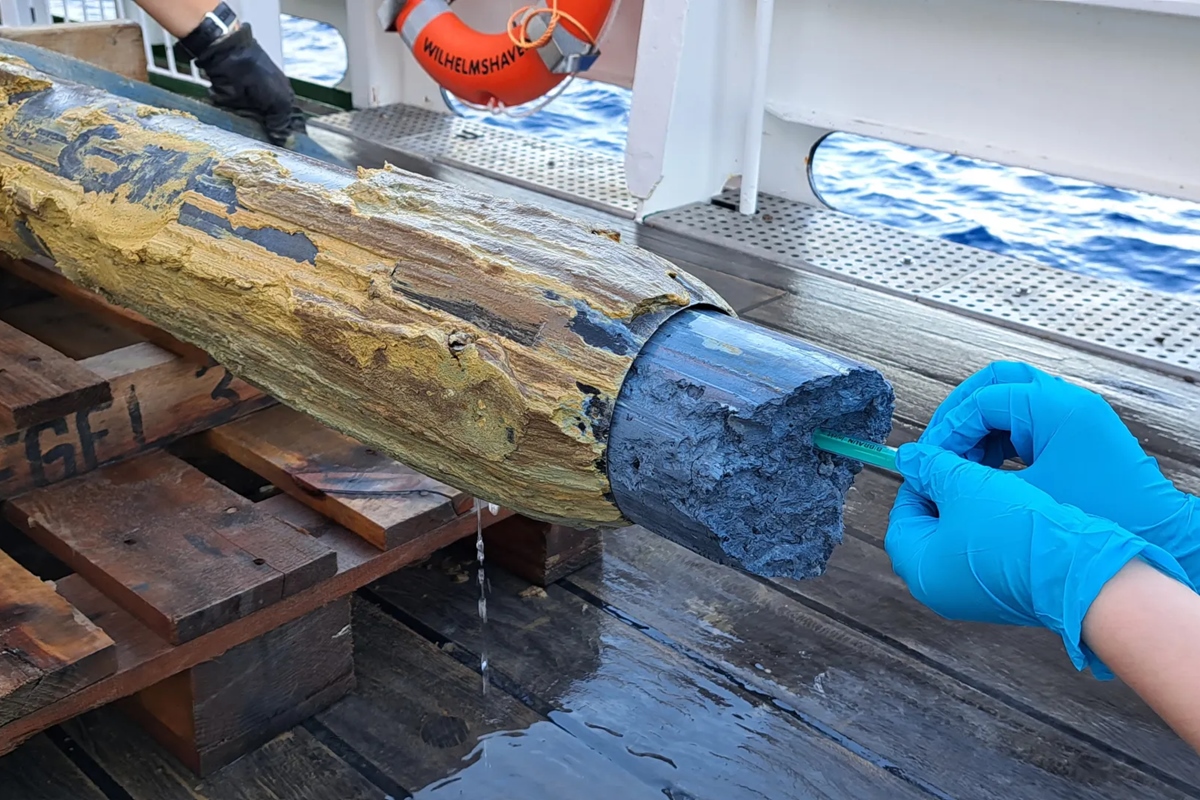
Researchers who collected shards of volcanic slime from the floor of the Pacific Ocean have discovered that microbes live and thrive in extreme conditions. The discovery, led by German researchers, could provide clues about the origin of life. The study was published in the scientific journal Communications Earth & Environmental in mid-August.
Please also read
-
science
Microorganisms that have been frozen for 40,000 years may be “awakening”. understand
-
science
Research: Microorganisms that ‘eat’ methane can help reduce the greenhouse effect
-
science
How microbes can help solve the plastic pollution crisis
-
science
Microbes could colonize space and help generate energy
The debris was collected at a depth of about 3,000 meters, near the Mariana Trench, the deepest point in the ocean. In addition to its bluish color, mud has a very high pH. Direct contact with human skin may cause burns. Still, microorganisms live in the “peace” of this place.
“It is simply interesting to have information about the habitats of such microorganisms, since it is suspected that primitive life may have originated in precisely such places. What is interesting is that the existence of life is even possible under extreme conditions, such as high pH and low concentrations of organic carbon,” said study author Florence Schubotz, an organic geochemist at the University of Bremen, in a statement.
Blue goo research
The goo was recovered by the German research vessel Sonne in 2022. Of the nine parts extracted from the Pacman mud volcano, two were examined by researchers. The first was at the bottom of the sample, where there was less contact with seawater and the mixture of serpentinite and brucite minerals remained blue in color.
Other parts were closer to the surface. There, the brucite was dissolved by salts in the water, giving the precipitate a more blue-green color.
Analyzes carried out on serpentinite samples identified fatty molecules in the microorganism’s cell membranes, a kind of line of defense against the extremely alkaline conditions of the environment.
Another interesting point is the adaptation of organisms. Since microorganisms live in a dark environment, they generate their own energy through methane. “Until now, it was assumed that there were methane-producing microorganisms in this system, but we could not directly confirm them,” Schubots explains.
Estimates suggest that about 15% of terrestrial biomass comes from organisms below the ocean floor. However, scientists still know little about these creatures. New research on microorganisms will continue in the future in search of further discoveries.
Follow the Health Science Editor on Instagram to stay up to date on the subject.



